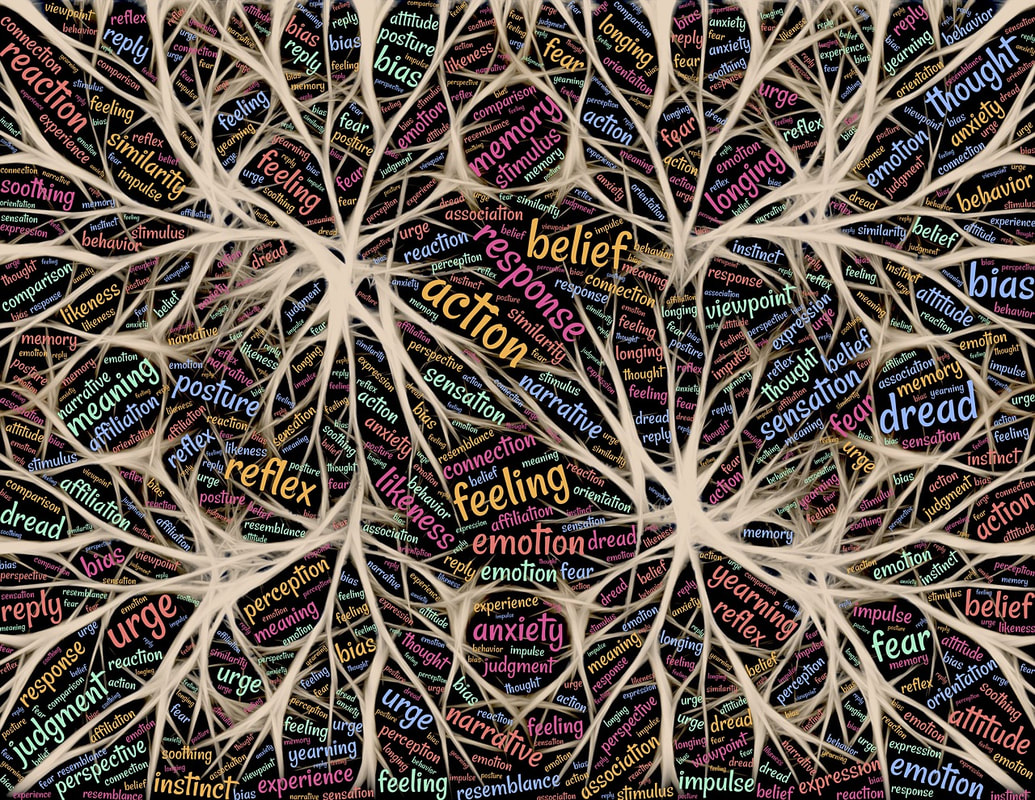|
The writing of a good story, whether it is a novel, short story or essay, has a common link between the author and the reader. This commonality lies in the emotion that is bestowed by the author and to the reader.
The author is charged with creating a picture that is locked in place in the reader's mind. How is this done? The key is emotion. Anyone can explain events that may occur, but only when there becomes a connection to that story is the reader engaged and invested in that story. The reader longs to be tied to the story, unable to pull themselves away from it. As an author we must enlist emotions; joy, fear, anger, sadness, hatred, love, the list could be endless. Every reader and every author experiences emotions daily; put them into play in your writing. Use them to lock the reader into the story. The secret is to take the reader on an emotional roller coaster ride. Different character actions, different settings and different events within a story to guide the reader through various different emotions at any given moment. This keeps the reader glued to the story. A character’s reaction to an event, their body language, their speech, their emotions, all can be used to allow the reader to become invested in that character. If a character is feeling emotional pain, you want your reader to feel that emotional pain, therefore you, as the author, must feel it too. The description of a scene can play just as an important role in cementing a reader’s emotions into the story. The more vivid the wording of the scene the more the reader can visualize the scene and the more they become invested in the scene. Their emotions take over. Events in a story line can be used to trigger emotions in the reader. Readers associate with events in a story line because they may have had a similar event or know someone who has had a similar event. They are already emotionally tied to the event in their memory. Another way is to take away something from the reader that they may have already become invested in, such as a character or object within the story. Loss is a powerful emotion. There are many ways to keep the reader emotionally tied to the story. It is the craft of the author to portray these emotions through the written word. As an author read what you write and decide if you're getting the emotional point across to the reader. If so, you’re creating a wondrous experience for the reader.
0 Comments
|
Author's Quote:"Writing is the flow of life through words on a page. We all have this talent to share." Luca DiMatteo For the latest blog, please sign up for my monthly newsletter.
Archives
August 2022
|


 RSS Feed
RSS Feed